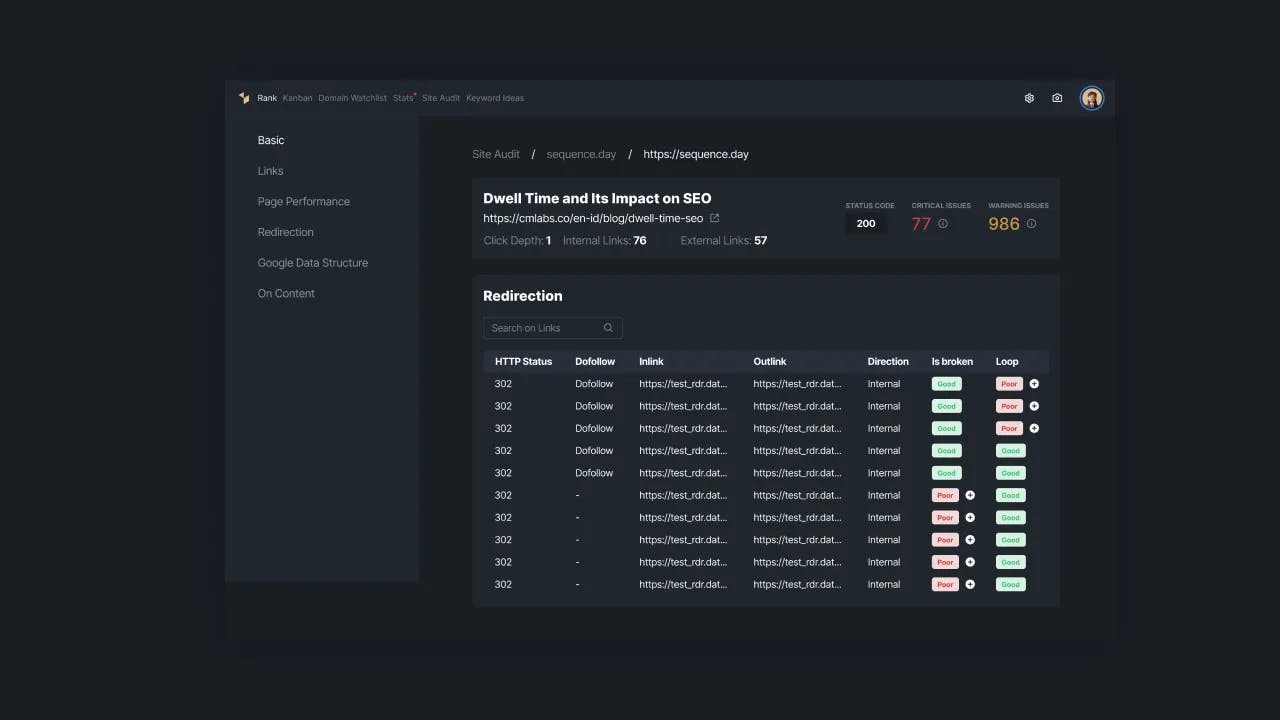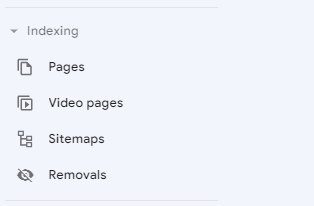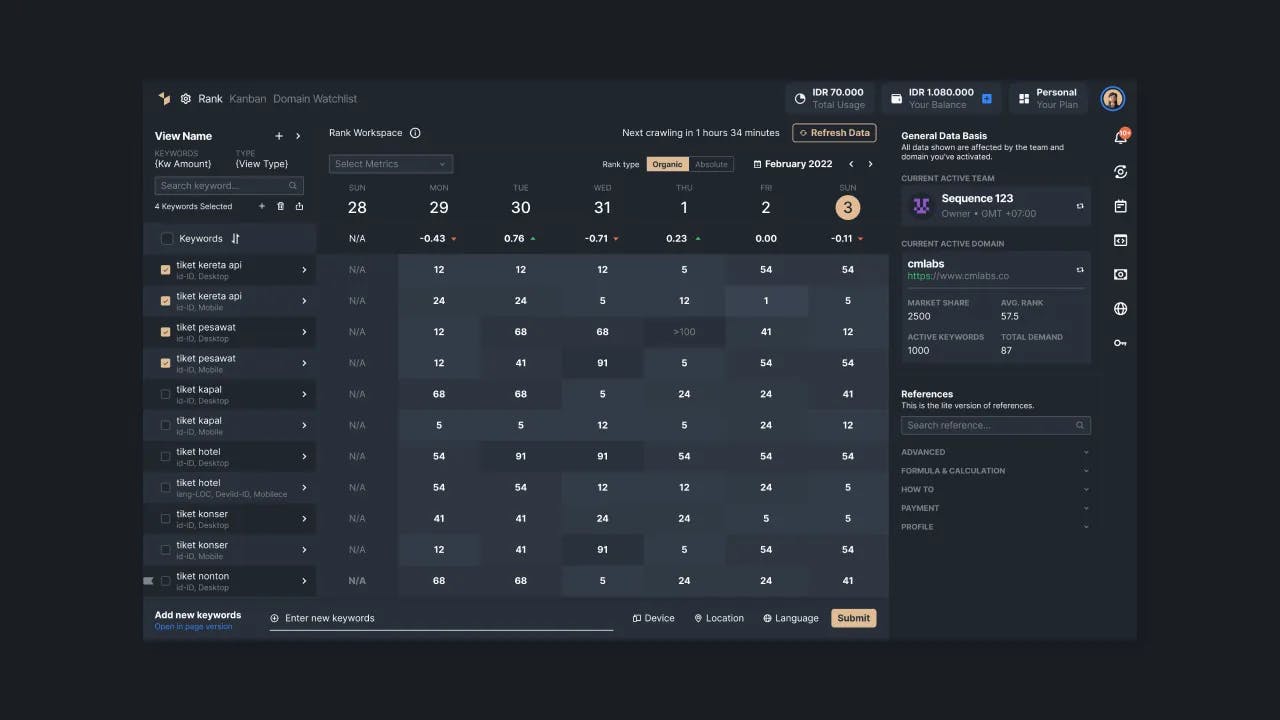Maintaining website content relevancy sometimes urges you to remove outdated content permanently. However, Google does not always pick the latest information right away. It means that outdated content may still appear in the search results.
That is why you need to strategically remove outdated content to avoid it keep appearing in the search results which can compromise the ranking. In this article, you will learn more about how to delete outdated content using Google tools and Sequence Sats.
What Is Outdated Content?
Outdated content is any form of content on your website that has become obsolete, irrelevant, or no longer accurate due to changes in circumstances, developments, or the passage of time.
This can happen in various fields, such as technology, science, news, and more. Content may become outdated for several reasons:
Time Sensitivity: Information may have had a limited shelf life and become obsolete as new developments or changes occur.
Technological Advancements: In rapidly evolving fields like technology, content can quickly become outdated as new innovations and advancements emerge.
Policy Changes: Legal, regulatory, or policy changes can cause content outdated. For example, laws may be amended leading to changes in procedures or requirements.
Shifts in Trends or Practices: Changes in societal preferences, trends, or best practices can make content outdated. This is particularly relevant in areas like fashion, design, and marketing.
Obsolete References: Content that relies on specific tools, software, or platforms may become outdated if those tools are no longer in use.
Scientific Discoveries: In scientific fields, new research and discoveries can render previously accepted information outdated.
Removing outdated content is important as this kind of content can misinform or confuse readers, and it may lead to making decisions based on inaccurate or no longer valid information.
In the SEO context, Google's outdated content removal is needed to ensure that the ranking remains in a good position and stays relevant to the audience.
Impacts of Outdated Content on SEO
Outdated content can have a significant impact on both search engine rankings and user experience.
This is because search engines aim to provide users with the most relevant and up-to-date information. Outdated content may be considered less valuable which can lead to a lower ranking in search engine results pages (SERPs).
On the other hand, obsolete content may also have a bad impact on user experience. Users seeking current information may become frustrated if they encounter outdated content. This frustration can lead to a negative perception of the website and a potential loss of audience.
Imagine, a health-conscious individual who is looking for reliable information on a popular health blog. They come across an article titled "A Guide to Healthy Eating in 2024" and decide to read it in the hope of finding the latest insights on nutrition.
However, as they do further research on reputable health websites and consult with a nutritionist, they discover that the information provided in the article is outdated and no longer aligns with the current understanding of healthy eating.
That is why you need to remove outdated content from the search engine strategically.
How to Remove Outdated Content Permanently from the Search Result
For the content that really needs to be removed, not updated, you need to make sure that it is permanently deleted from the search result.
If you want to make sure a piece of content doesn't show up in search results forever, you need to take some extra steps. Also, be careful about choosing which content to remove.
For example, it's a good idea to update outdated content that's popular and gets a lot of views. This way, you won't negatively impact how well your website performs in search results.
However, if you have considered removing outdated content, here are some best practices you should follow:
1. Remove Outdated Content from The Website
First of all, remove your content from the website. Removing the content from your website ensures that it won't reappear in search results after the six-month period.
However, be cautious as users may still access the page through links from other websites or your links to that content. This can lead to a poor user experience, and potentially damage your SEO.
To identify deleted pages for redirection, you can conduct a Site Audit. Simply open Sequence Stats and follow the provided configuration instructions to initiate your audit.
From the result, you can see the list of broken links due to Google's outdated content removal.

Picture 1 - Site Audit Link in Sequence Stats.
2. Manage Your Link
Since the content removal is related to links, you should ensure that you have managed it. Below are some of the best practices for your link after removing outdated content:
Update Internal Links: Check for any internal links pointing to outdated content within your website. Update or remove these links to prevent users from accidentally navigating to the removed content.
External Links: Identify external websites linking to the outdated content. Contact the webmasters of these sites and request the removal or update of the links. This helps to prevent users from reaching the content through external sources.
404 Error Page: Instead of displaying a generic 404 error page, consider creating a custom 404 page that guides users to relevant content on your site. This enhances the user experience and helps retain visitors even when they encounter a removed page.
301 Redirects: If applicable, consider setting up 301 redirects for the removed content. Redirect users to a relevant, up-to-date page on your website. This not only improves user experience but also preserves the SEO value of the old URL.
3. Submit Removal Requests to Search Engines
Use the Google Search Console or other search engine webmaster tools to submit removal requests for outdated URLs. This informs search engines that the content is no longer available and accelerates the de-indexing process.
You can use the Removal Tool in the Google Search Console to remove outdated content. Go to your Search Console and go to the Removal option under the Indexing menu.

Picture 2 - Removal tool from Google Search Console.
It will remove outdated content from search results for 180 days, not permanently. This provides you with an opportunity to either take down the page from your website or make updates to it.
However, if your request is approved, the content will be excluded from search results for the following six months which offer you the time to make permanent alterations or remove the content permanently.
Please note that as per Google's guidelines, it is advised not to utilize the Removals tool in the following situations:
When attempting to eliminate an image or page from a property that you do not own. In such cases, use the Refresh Outdated Content tool if the content is no longer present on the page.
When seeking to index a different version of your pages or website.
When aiming to remove the URL from search results permanently. (Additional steps are required after using the Removals tool for this purpose.)
When your website is subject to a manual penalty that is adversely impacting your rankings, and you intend to address it.
That is how you can remove outdated content from your website permanently. Please follow the search engine guidelines to prevent unwanted page loss.
Additional Best Practice
After you remove outdated content, it is wise to keep an eye on the performance and update the content regularly for the best results. Here is an explanation of how to do it.
1. Monitor Your Website's Performance
Use Sequence Stats to monitor your website performance through keywords. You can analyze key metrics such as ranking, market share, and keyword ranking distribution.
From here, you can identify trends and patterns that can help you make informed decisions to enhance user experience and content relevance.

Picture 3 - Ranking dashboard in Sequence Stats.
This way, you will always be informed about the daily changes in content performance. Next, you can formulate the optimization strategy for the content plan.
2. Regularly Update Content
Schedule regular content audits to identify and update outdated information. This not only ensures that your content remains accurate but also demonstrates a commitment to providing valuable and up-to-date information to your audience.
By incorporating these additional best practices, you can maintain a high-performing website that meets user expectations and remains current.
Conclusion
In conclusion, effectively removing outdated content from Google is crucial for maintaining the relevance and credibility of your online presence. By following best practices such as using the Removals tool and managing the links, you not only enhance the user experience but also contribute to improved search engine rankings.
Important note, Sequence Stats is not only useful for monitoring keyword performance but it offers an all-in-one SEO tool. You can utilize it for keyword research, competitor monitoring, site audit, and team management.
Having one tool for all SEO tasks will be beneficial for you as a website owner, SEO agency, or even marketing team.
So, have a try at Sequence Stats by registering your account now!